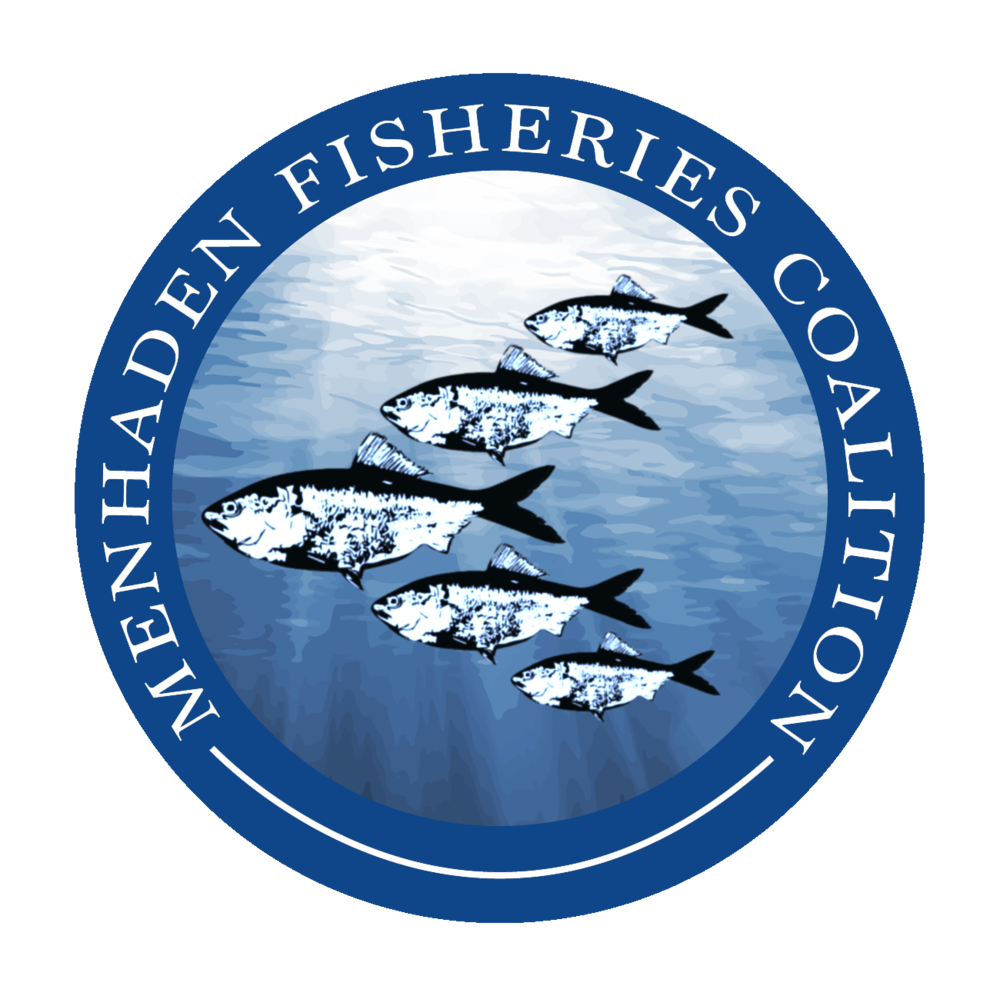GULF MENHADEN
The Gulf of Mexico menhaden fishery is one of the most sustainable fisheries in the nation. The industry also provides critical economic support for coastal communities as a job provider, community service leader, and business partner. The Menhaden Fisheries Coalition has compiled this list of facts to provide a quick-reference guide about Gulf of Mexico menhaden.
Stock Status:
In their most recent 2021 Stock Assessment Report, the Gulf States Marine Fisheries Commission (GSMFC), which oversees menhaden management in the Gulf of Mexico, certified Gulf menhaden as “neither overfished nor experiencing overfishing” and in fact there is “little risk” of it occurring.
According to the GSMFC, population growth of the Gulf menhaden stock is believed to be reliant more on prevailing environmental and oceanographic factors during crucial development periods, such as the egg and larval stage, rather than biomass of mature females in the stock. Factors like pollution, hurricanes, and changing water conditions impact menhaden populations more than commercial fishing operations in the Gulf. Similar to the environmental factors affecting Gulf menhaden, Atlantic menhaden populations are also affected by various factors including water quality and contamination, affecting the overall health of the stock.
Economic Impact:
Menhaden facilities along the Gulf are key employers, providing over five hundred jobs and investing millions of dollars each year in the region’s industries and communities.
The menhaden fishery continues to be the largest fishery in the Gulf of Mexico by weight. The final purse-seine landings of Gulf menhaden for reduction in 2020 totaled more than 414,000 metric tons. These landings fall well below the overfishing threshold established by the GSMFC’s regular stock evaluations and other independent sustainability assessments.

